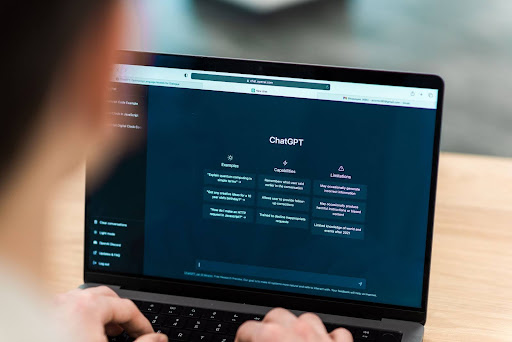AI for Freelancers: Boosting Productivity and Client Results
Freelancing is growing fast. More people are choosing to work for themselves because it offers freedom, control, and the chance to work with clients around the world. But this also means more competition and higher expectations. Clients want faster work, better quality, and clear communication. That can feel like a lot for one person. This is where AI becomes a helpful partner. AI tools can help freelancers finish tasks faster, stay organized, and create better results. They do not replace your skills. They simply make your work smoother and more accurate. They also help you focus on the parts of your job that matter most. In this blog, we will explain how AI tools for freelancers can boost productivity and improve client results. You will learn what these tools can do, why they matter, and how they fit into real daily work. How AI Tools Help Freelancers Work Faster and Smarter AI tools are becoming very common for freelancers in writing, design, coding, marketing, and consulting. The main goal is simple. They help you save time and reduce stress so you can deliver strong work that clients trust. Here are a few clear ways AI makes your work easier: Automating small tasks AI can handle things like sorting emails, checking grammar, or managing schedules. These tasks take time but do not need much creativity. When AI does them for you, you can focus on the important parts of your projects. Helping you stay organized Many freelancers struggle with deadlines and planning. AI tools can create schedules, send reminders, and track your progress. This keeps you on track and helps you avoid late deliveries. Improving your creative work If you write, design, or brainstorm ideas, AI can help you get started faster. It can offer suggestions, sample outlines, color ideas, or quick concepts. This helps you overcome blank page moments and gives you a solid starting point. Speeding up research Good research takes time. AI tools can quickly gather facts, compare information, and find useful sources. This lets you spend more time shaping your final work instead of searching the internet. Supporting better client communication AI can help write drafts for emails, proposals, and reports. It keeps your messages clear and easy to understand. This helps your clients feel confident in your work and your communication. Top AI Tools for Freelancers in 2025 Freelancers use many types of AI tools because every job is different. Some help you write, some help you design, and others help you stay organized. Below is a simple list of popular categories and tools. The goal is to help you understand what is available and how each tool can support your work. This is not about hype. It is about choosing tools that help you serve your clients better. Writing and Content Creation These tools help writers save time and avoid simple mistakes. Design and Branding These tools help designers explore concepts faster and offer clients more options. Admin and Operations These tools keep your business organized so you can focus on real work. Research and Analysis These tools are great for freelancers who need clear facts without spending hours searching. Marketing and SEO These tools help marketing and SEO freelancers deliver stronger results for their clients. How Freelancers Can Integrate AI Into Daily Workflow Using AI is easiest when you make it part of your routine. You do not need a complicated system. You just need a simple plan that fits your work. Start with one task Pick a task you do every day, like writing emails, taking notes, or making drafts. Let an AI tool help you with that task first. This makes the change feel smooth and natural. Build repeatable workflows If you write a lot, you can create prompt templates. If you design, you can keep a list of prompt ideas to test. If you plan projects, you can let AI tools create schedules each week. These small systems save time and remove stress. Use AI to stay consistent AI tools can remind you of deadlines, help you organize files, and keep your wording consistent across emails and reports. This helps you deliver work that looks neat and professional. Keep your personal voice AI should support your talent, not replace it. Always review and edit the final work so it sounds like you. This helps clients trust your skills and your judgment. Grow your skills along the way AI will keep changing. Learning a little every month keeps you ahead of other freelancers. This also helps you offer new services, which can bring in more income. Real World Impact: How AI Improves Client Deliverables Clients care about results. They want clear work, fast delivery, and fewer mistakes. AI helps freelancers meet these expectations without feeling overwhelmed. Faster turnaround time AI speeds up steps that normally take hours. You can draft content, outline ideas, or process information in minutes. This helps you deliver projects sooner, which makes clients happy and more likely to hire you again. Higher accuracy and fewer revisions AI tools can check grammar, fix design flaws, and organize messy information. This means your first draft is usually stronger. When your work is accurate from the start, clients ask for fewer changes and trust your skills more. Better quality work Writers can improve clarity, designers can test more creative options, and consultants can analyze data faster. AI gives you ideas you may not think of on your own. This helps you bring fresh, polished work to your clients. New services you can offer AI tools let freelancers offer services that used to take too much time. You can create SEO reports, build simple automations, or prepare research summaries. This helps you grow your income and stand out in your niche. Final Thoughts AI is not a shortcut. It is a helpful tool that supports your skills and makes your work smoother. Freelancers who learn how to use AI early can finish tasks faster, make fewer mistakes, and offer better services










